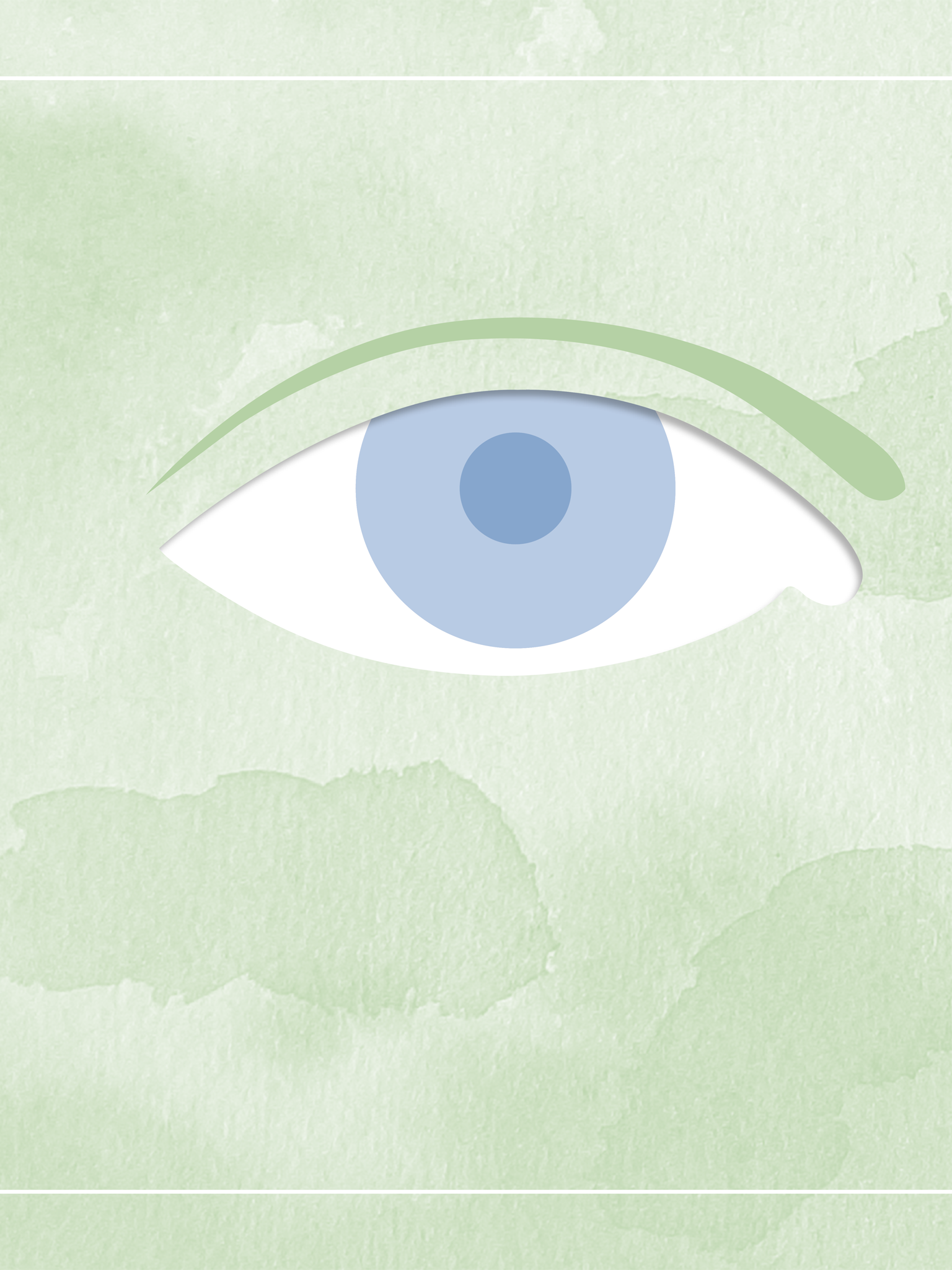
Our vision may require adjustment throughout life. But universally we become more long-sighted in older age. Despite such inevitable changes, key nutrients in particular foods can help to promote eye health as well as ward off age-related macular degeneration and cataracts.

The need for reading glasses comes to us all in older age, but there are other changes going on in your eyes. Find out what else is happening and how foods can lessen their impact.
The lens, supported by ciliary muscles in the eye, changes its shape so that we can adapt our focus from near to far and back. Over time, the lens thickens and hardens, losing its flexibility; a normal and inevitable part of ageing, known as presbyopia or long-sightedness. The consequences being that usually by our mid-40s we struggle to read in dim light or decipher close-up text. Foods rich in antioxidants can play a key role in supporting lens health.
Moisture is essential for our eyes to function. Each time we blink a film of tears spreads across the surface of the eye, protecting it and stopping it drying out. Once we’re into our 50s, tear production slows, and the tears we do produce may not be enough to cover the eye evenly or efficiently, leaving eyes feeling scratchy and tired. Rather than reaching for drops, look at how foods can help rehydrate and calm your eyes. Omega-3 fats boost the microcirculation in the tiny blood vessels around the eyes, which helps to reduce the inflammation that accompanies dryness and keep the eyes moist and irritant-free.
Our field of focus may narrow with age. By our 80s we can have lost as much as 30 per cent of peripheral vision. The ability to see objects outside of our central field of vision, in our periphery, is controlled by cells on the retina called rods; these are super-sensitive to light and movement. Foods rich in a range of vitamins and minerals, particularly lutein, zeaxanthin, zinc, and selenium, deliver nutrients to make light-sensitive pigments (see here).

Our eyes need three times as much light for reading in our 60s as in our 20s.

The tiny muscles that control the pupils weaken with age, and our pupils constrict. Consequently, our eyes react more slowly when we move between areas of light and dark, so that it can be tricky to focus when entering a dark room and bright light can be dazzling. Beta-carotene-rich foods top up levels of vitamin A, essential for the production of rhodopsin, a pigment that works in dim light conditions.